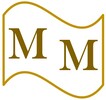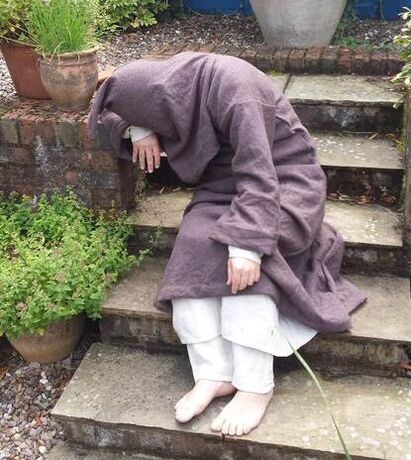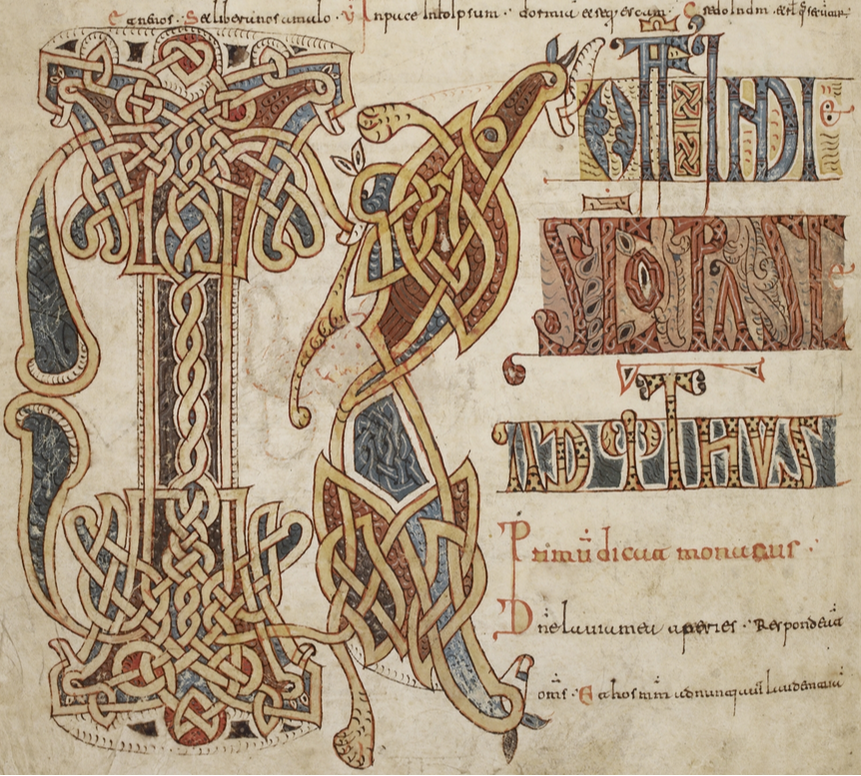|
He may not be bearing chocolate eggs under his hood, but the Medieval Monk does bring everyone a treat at this most important time of year... a visual exploration of the calculating of Easter! Blessed, blessed, blessed readers, You are all thrice blessed at this special time of year: You have the blessings of the Lord, who laid down his earthly body for your eternal salvation. You have the blessings of your fellows who, I'm sure, are keen to wish you abundant spiritual blessings when they hand you a chocolate Easter egg. And you have the very thoughtful blessings of your humble servant, the Medieval Monk, who has gone to great pains to exploit the British Library's catalogue of illuminated manuscripts in order to bless your eyes with Easter related images. Why, just look at that exquisite Easter monogram at the top! Reminiscent of the type of artwork seen on my shores, here in England, but actually produced by my Benedictine brethren at the monastery of Santos Domingo de Silos in eleventh-century Spain. Delightful! But a medieval Easter is not all exquisite interlacing and zoomorphic illumination. No, for there is much work to be done... 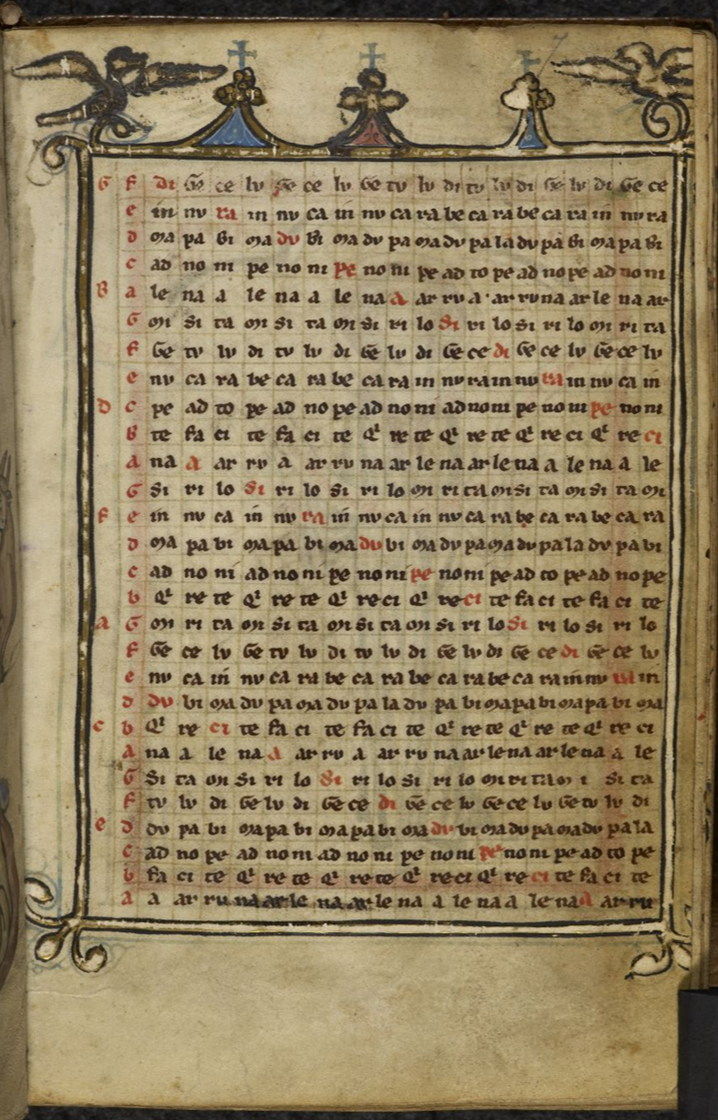 Easter table for calculating the date of Easter in the years 1140-1672. © British Library Board. London, British Library, Additional MS 21114 (Liège, N. France, between 1255-1265), folio 7r. Easter table for calculating the date of Easter in the years 1140-1672. © British Library Board. London, British Library, Additional MS 21114 (Liège, N. France, between 1255-1265), folio 7r. The Easter Controversy One of the most arduous of Easter related tasks is working out when to celebrate it. "Why don't we just celebrate it at the same time every year?" is something I've heard many a time from spiritually absent twenty-first century folk. But you have it easy, beloved ones. You get the dates given to you on your wizzardrous phone-cum-diary-app thingies. Whereas us medieval folk have a history of arguing about which method of computus we should use. You doubt me? Have you seen those Easter tables? Yes, back in AD 664, the great and the good of my land held a big assembly at the monastery of the Abbess Hild in Whitby, in the presence of no less than King Oswui, all to come to some agreement about the best way to determine future dates for the celebration of Easter. At least four different Easter tables and types of computus were addressed at the synod. There were a few squabbles, I can tell you, claims and counter claims about apostolic provenance; and a number of fibs were told, too, including a big whopper by Wilfrid of Northumbria who said that the tables he used were also used in Rome 'where the apostles St Peter and St Paul lived, taught, suffered, and were buried, . . . everywhere in Italy and Gaul . . ., at one and the same time in Africa, Asia, Egypt, Greece, and throughout the whole world'. The conflicting claims to apostolic support of various computus led one of the spokesmen, the Irish monk and bishop of Northumbria, Colmán, to concede that really it was St Peter who held the keys to the Kingdom of Heaven, to which the king abruptly responded that the bishop of Rome must therefore surely know the correct Easter! Well, to cut a long story short (yes, I know you're dreaming of biting the ears off chocolate bunnies), and to fast forward a few decades: the great time-calculating historian and monk, Bede, when reporting on the controversy, accepted the conclusion reached at Whitby, adopting what are known as the Dionysian tables; he adapted these for his own computus, which he explains in his famous work, and great bedtime reading, De temporibus (written AD 703), adding further details in De temporum ratione (AD 716-25); before eventually (that is, by the ninth century) everyone in the British Isles and the schools and dioceses of the Carolingian empire accepted good old Bede's way of reckoning things; and in due course, by the tenth century, even the diocese and the province of Rome had gone all Bedan. Ta dah! There, that's just what you needed, is it not, blessed ones, to prepare you for this most spiritually uplifting time of year. No?! Oh, alright, then, just look at the nice pictures. And save me some chocolate... 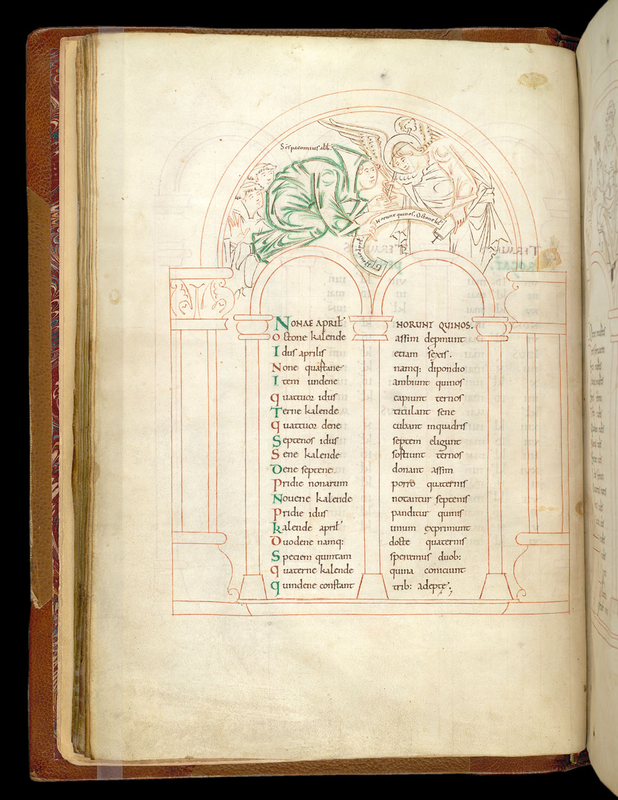 The Eadui Psalter (aka The Arundel Psalter). An Easter table, depicting St Pachomius (died c.346), father of the communal monastic life, receiving the table from an angel. The arches contain texts related to the calculation of the date of Easter. © British Library Board. London, British Library, Arundel 155 (Canterbury, Christ Church, SE England, between 1012-1023), folio 9v, with detail below. 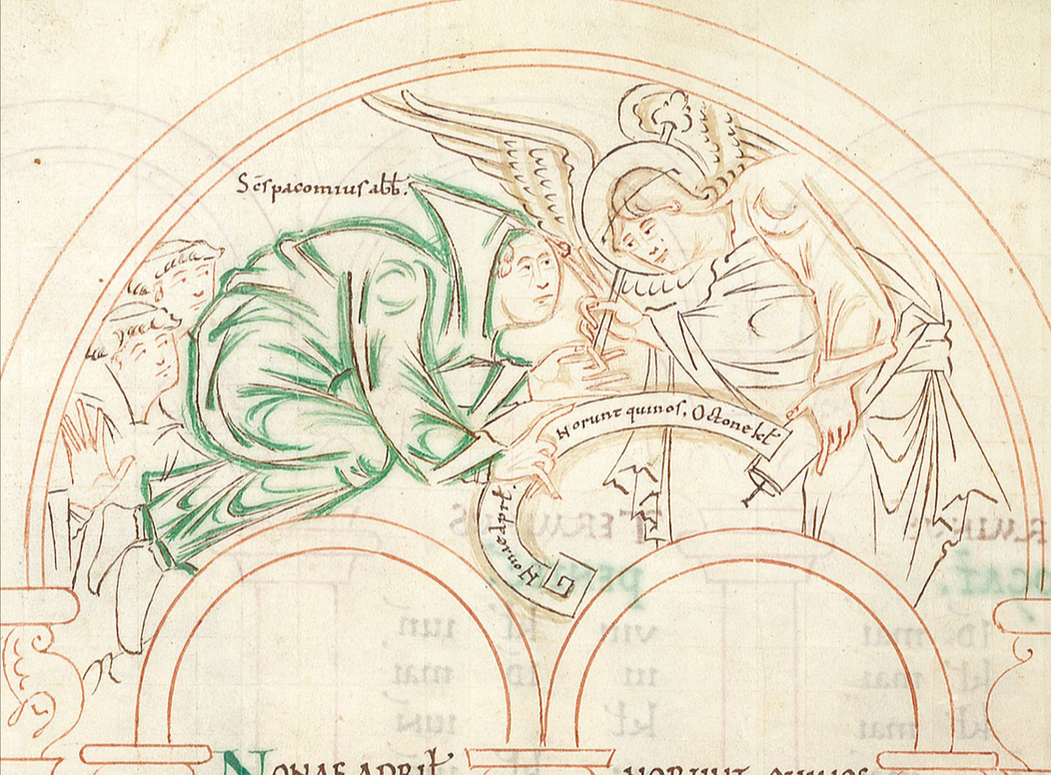 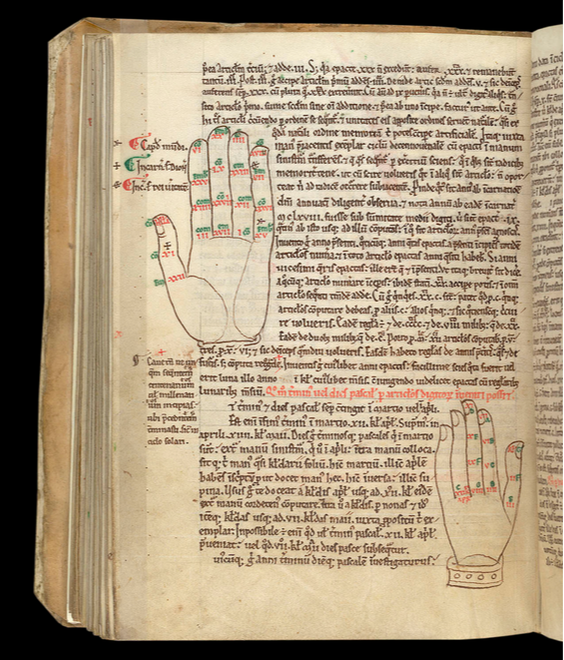 Easter hands. 'The rubric on this page states that the fingers of the hand, illustrated in the lower diagram, can be used for finding the date of Easter. Each joint or tip, from the base of the second finger to the top of the thumb, working down the fingers and up the thumb, is marked with numbers and letters. Those from the middle finger to the thumb represent all the possible dates of Easter that fall within March.' © British Library Board. London, British Library, Egerton 3314 (Canterbury, c.1185), folio 74v. 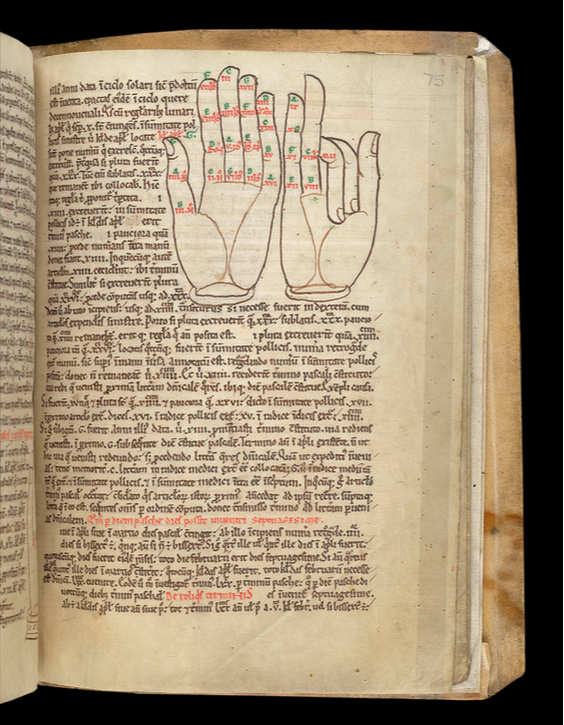 More Easter hands. 'The hands here are marked with all the possible dates of Easter when it falls in April, working down the left-hand thumb, and then up the left-hand fingers, and up the first two fingers of the right hand.' © British Library Board. London, British Library, Egerton 3314 (Canterbury, c.1185), folio 75r. There are more Easter calculation images and a bonus Easter music image on my Facebook page.
Information on the 'Easter Controversy' adapted from Wesley M. Stevens entry in The Blackwell Encyclopaedia of Anglo-Saxon England (Blackwell, 1999), ed. Michael Lapidge et al, pp. 155-57.
8 Comments
Christopher Monk
16/4/2017 01:42:14 pm
Dearest sister Kay. The angels are very helpful in this regard. Have a most blessed Easter Sunday.
Reply
Deborah
15/4/2017 02:49:44 am
I tried once to calculate the date and was a sad and utter failure at the computation.
Reply
The Anglo-Saxon Monk
16/4/2017 01:40:50 pm
Dear Deborah,
Reply
Crystal
21/4/2017 04:25:56 pm
Instant fan. I'm attempting to learn Latin and Old English and your blog is heavenly. I say regale me, and you have sir, you have. I'm now obsessed and thank you for linking to the British Library images, I'd come in on your 2015 blog about identifying the birds and committed mental gluttony from then on. I'll be viewing more of your eye / mind candy later. *curtsy* good day m'lord.
Reply
Christopher Monk
21/4/2017 09:13:48 pm
The Anglo-Saxon Monk has had to lie down for a while. He is so overcome by your kind words. So I will thank you on his behalf and wish you many more rapturous moments exploring the website. Good luck with the language learning!
Reply
Ellie
12/4/2020 09:39:18 am
This is wonderful. So beautifully explained and engaging. Thank you!
Reply
Christopher Monk
14/6/2020 07:58:14 am
Thank you. May you be blessed.
Reply
Your comment will be posted after it is approved.
Leave a Reply. |
Details
|
